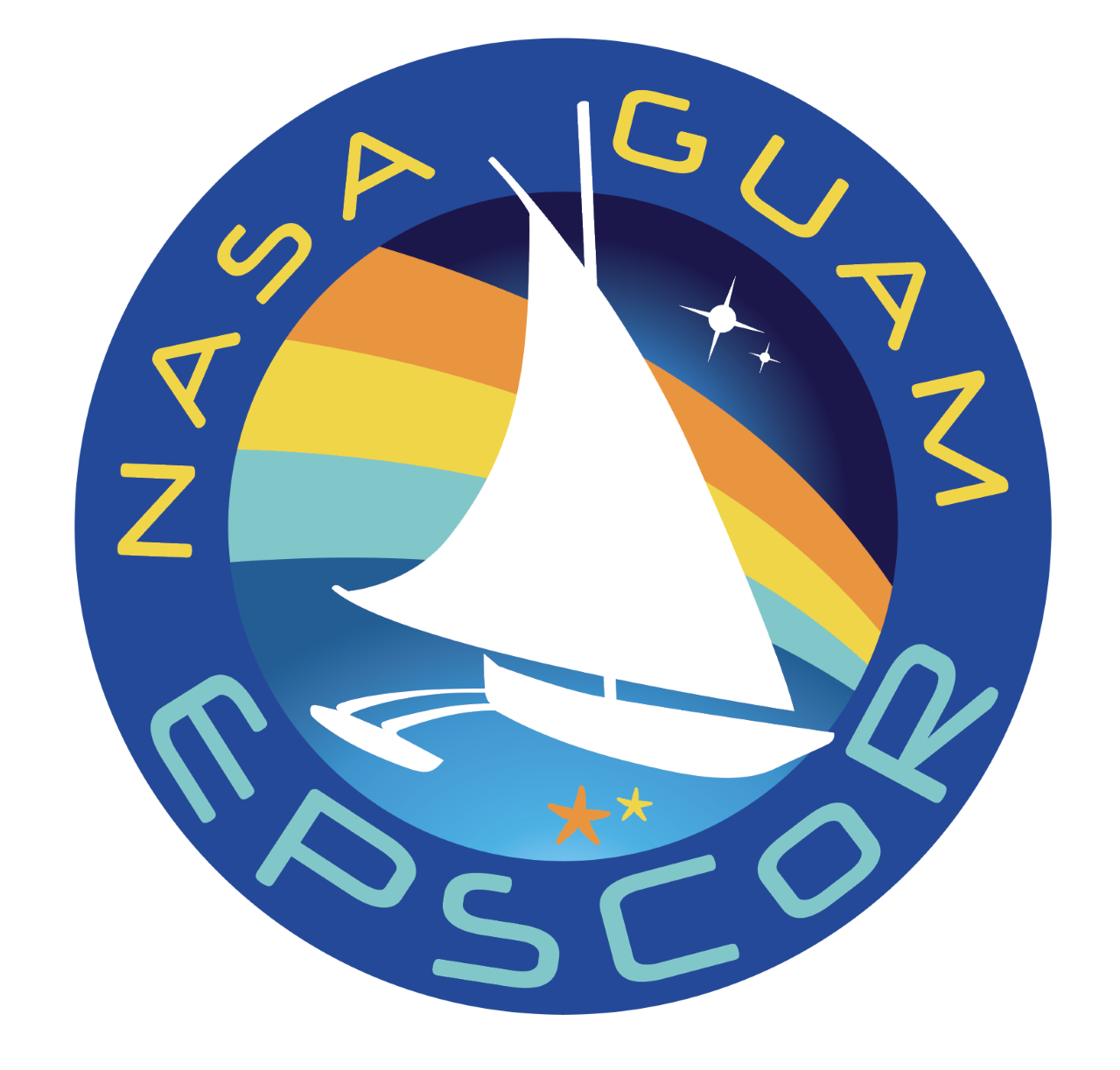Apply for a seed grant from NASA Guam EPSCoR
Apply for a seed grant from NASA Guam EPSCoR
Apply for a seed grant from NASA Guam EPSCoR
5/12/2021
The NASA Guam EPSCoR Program is seeking applications from University of Guam faculty and staff for seed-grant proposals that align with objectives and specific aims of the NASA Guam EPSCoR Program – Research Infrastructure Development Project Plan FY2022.
 Four awards will be given with a maximum funding of $10,000.
Four awards will be given with a maximum funding of $10,000.
Submission Deadline: June 4, 2021
The overall goal of the NASA Guam EPSCoR Research Infrastructure Development Project Plan is to develop a competitive research and technology aerospace research program within Guam. The overall goal will be carried out through the four objectives and activities listed below.
Objective 1: Increase support for the UOG EPSCoR NASA CAN (GEOCORE) and the subaward from Hawaii EPSCoR CAN (ACTUAS)
- Activity 1 GEOCORE: UOG faculty and staff will be collecting and analyzing datasets pertaining to sea surface temperatures, ocean currents, and sediment transport and loads in order to evaluate coral reef health and create a predictive model for fish spawning aggregation sites. Using Synthetic Aperture Radar data downloaded at the NASA Alaska Satellite Facility including ESA Sentinel-1 and in the near future with the NASA NISAR satellite platform, NASA Guam EPSCoR proposes to expand the use of Guam and other islands in the Western Pacific as calibration and evaluation sites for SAR investigations, and to apply the resulting observations to Earth and Ocean Science investigations of resilience and sustainability of regional resources. Funds from this RID proposal can potentially support travel for the scientists to academic conferences to present peer-reviewed papers and publication costs.
- Activity 2 ACTUAS: UOG NASA EPSCOR will be partnering with University of Hawaii Manoa through ACTUAS to test their self-autonomous UAVs to detect submarine freshwater plumes. Understanding how these submarine plumes respond to changes in precipitation, the El Niño Southern Oscillation (ENSO), and drought can provide insights into Guam’s primary source of freshwater. Furthermore, the karst landscape bears a striking resemblance to one of Saturn’s moons. UOG will be partnering with JPL to explore Guam as a potential testing and calibration site for remote sensing technology that characterizes karst landscapes.
Objective 2: Develop a science education, workforce training, and fiber cable hub and research station on Guam.
Objective 3: Collaborate with Ames Research Center’s Laboratory for Advanced Sensing (LAS) and Dr. Ved Chirayath to use fluid lensing and MiDAR toward high resolution coral reef mapping efforts and rapid coral bleaching assessments in Guam and Micronesia.
Objective 4: Foster innovative research from UOG faculty through seed grants.
Consideration will be given to faculty or staff who have not previously received NASA EPSCoR seed grants, although final selection of proposals will be based on the quality of the research and on the potential to achieve significant results either through the results of the NASA data applications, or in the development of new technology or new uses of NASA technology to solve Earth and Ocean problems in the region.
Submit a Proposal
Proposals should be submitted to Ms. Lea Quinitio at quinitiol@triton.uog.edu by June 4, 2021
Proposals are expected to have funds expended by March 1, 2022, and work completed by May 1, 2022, with a written report. Please attach a budget breakdown with the proposal.
For more information, contact:
Dr. Leslie Camacho Aquino
Executive Director
NASA Guam EPSCoR
Email: aquinol8112@triton.uog.edu
